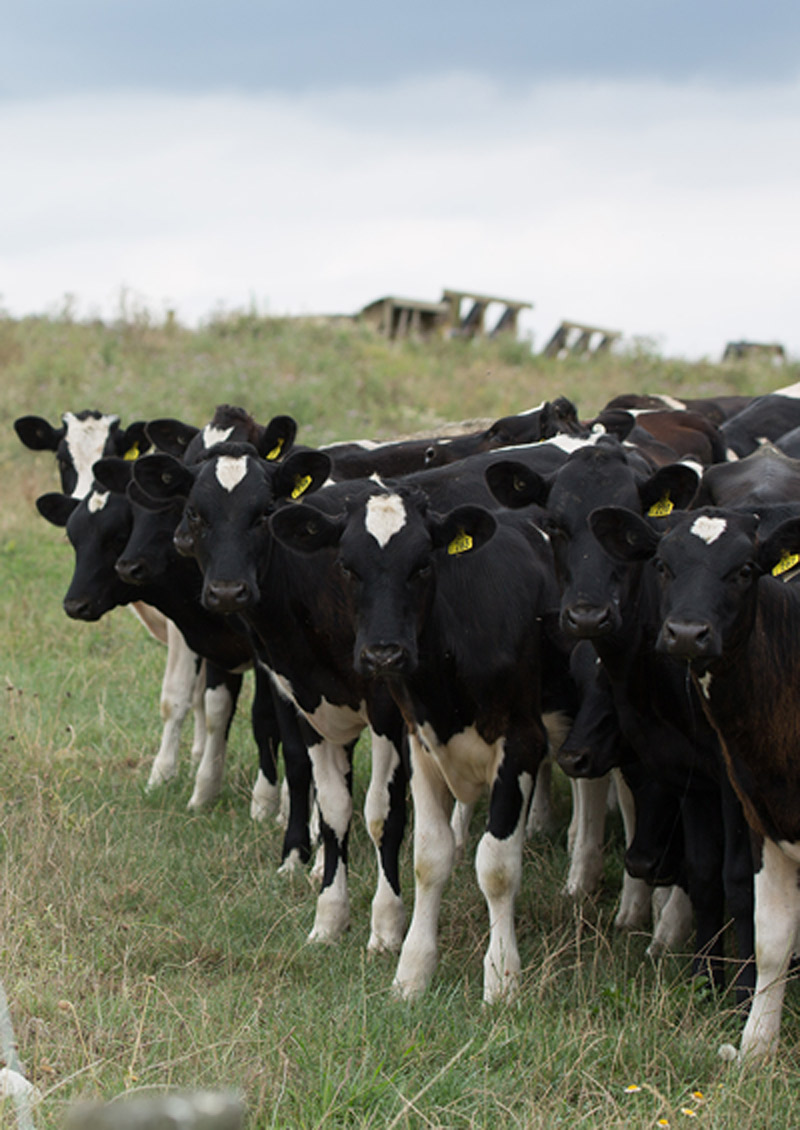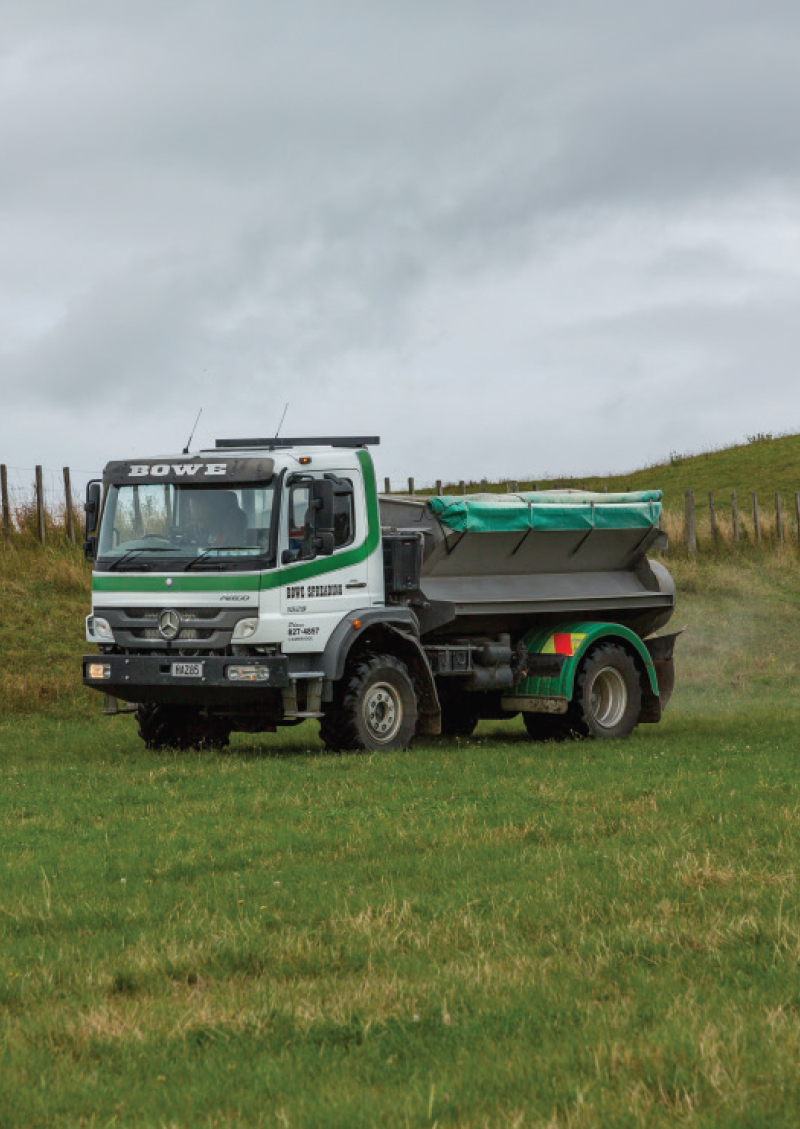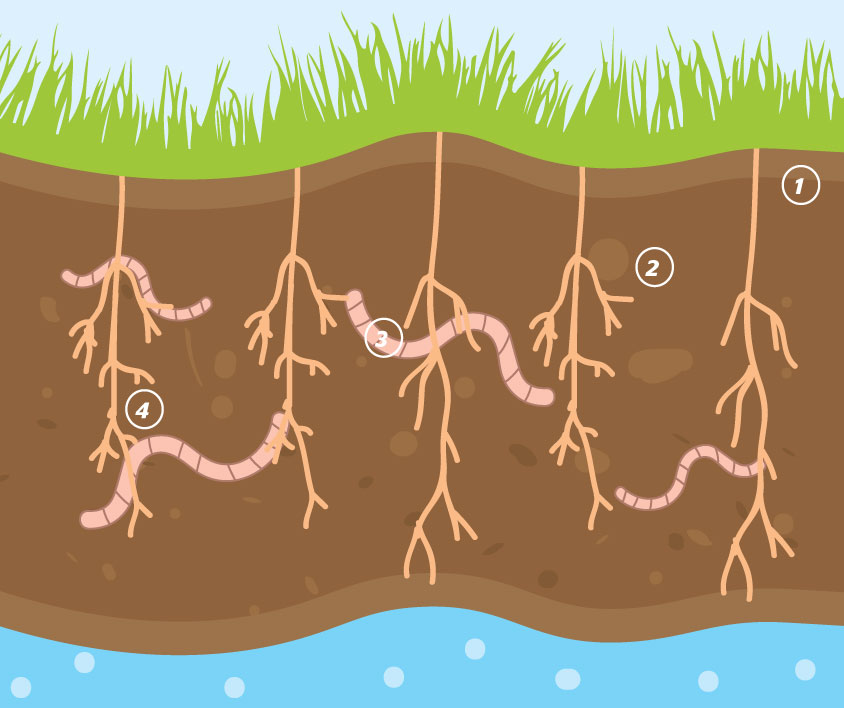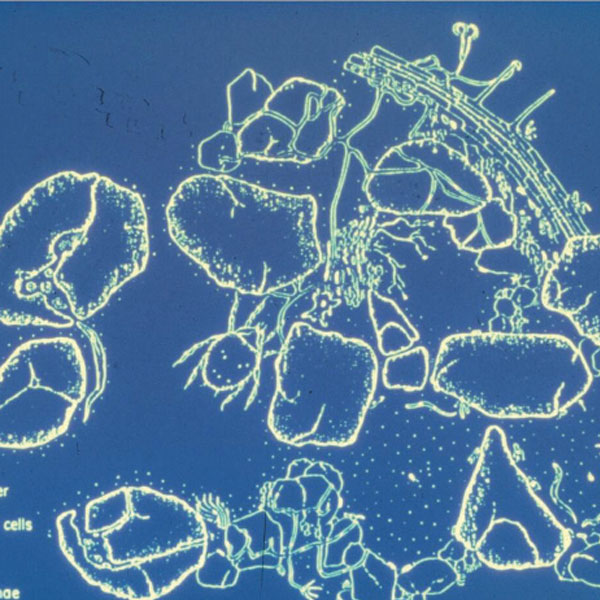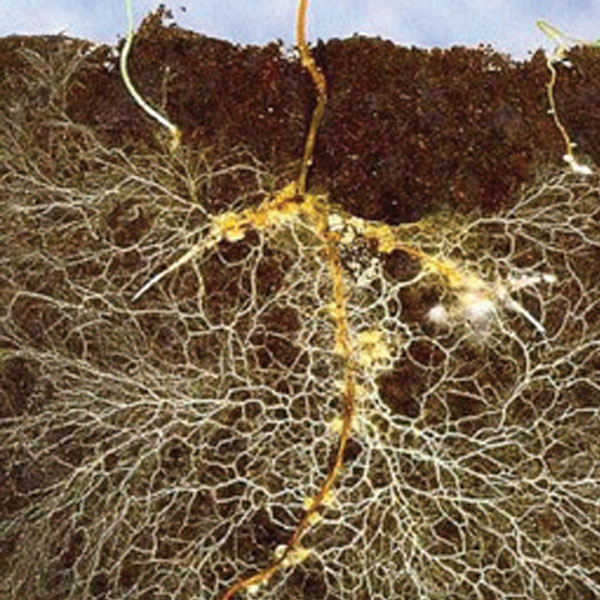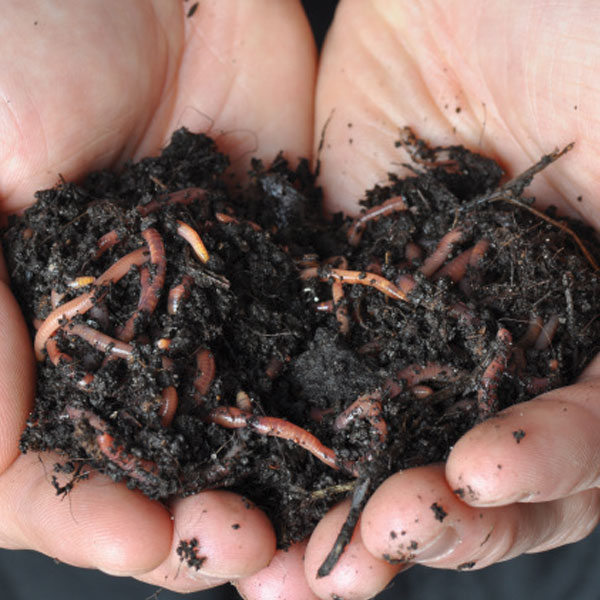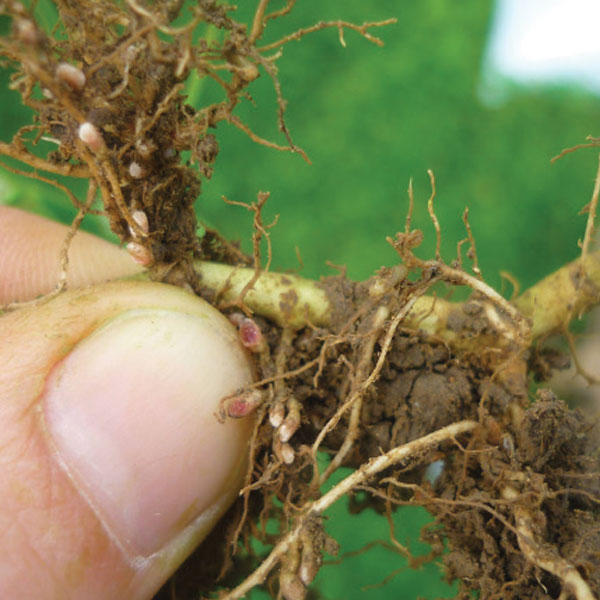“Abron have provided me with practical solutions to managing soil health and improving overall farm performance. We are seeing measurable gains each year on-farm without increasing farm fertiliser spend. Abron are a keymember of our ‘Farm Business Team’.”
Bruce Wilton, Waikato

Fertiliser
Calci-Life/Calci-Life Phosphate
- Customised, composted Lime/RPR blends
- Magnesium and trace minerals
- Improves soil health
- Encourages and stimulates biological activity
BIO N
- Dissolved urea additive
- Improves nitrogen efficiency
- Contains humic and fulvic acid
Soluble Humic Acid Granules
- Improve efficiency of soluble fertilisers
- Soil conditioning product
- Promote development of good soil structure
- Stimulate biological activity
Future Proofing
Building Resilience
- Improved pasture production in all weather extremes
- Better pasture quality through soil improvement
- Drought tolerance
Environmental Compliance
- Help maintain productivity in a regulatory environment
- Reduce risk
- Create sustainable farming systems
Creating Future Value
- Taking future opportunities driven by consumer demand
- Making your produce more desirable
- Providing more options for innovative farmers
Monitoring
Visual Soil Assessment (VSA)
- Soil texture and structure
- Rooting depth
- Earthworm numbers
- Clover % and health of nodules
- Soil smell
- Thatch
Soil Testing
Herbage Testing
Annual OVERSEER® Nutrient Budget
Farm Environment Plans
“We chose Abron out of a host of fertiliser suppliers because they had a simple and effective, well-recorded fertiliser regime”
Willy Leferink, Canterbury

The Abron 6-step system
to building resilience into your farm
It is important to ensure that the plant has the correct balance of macro and micro nutrients to support not only optimal dry matter production but quality pasture production too.
Maximising the chemical, physical, and biological attributes of the soil results in optimal mineral uptake into the plant. Many treat the soil as little more than a medium to hold plant roots and it is this lack of understanding that has led to increasingly inefficient and expensive fertiliser practices. Understanding how your soil functions and what gains can be made from capitalising on natural processes in the soil will lead to greater outputs from fertiliser inputs. The first step required for efficient management of our soil resource is to complete soil tests. Soil tests are used to determine the quantity or relative concentrations of nutrients. We use this information to correct nutrient deficiencies and maintain soil fertility for optimum production. An Abron fertiliser programme will provide the sufficient macro nutrients – nitrogen, phosphorus, potassium, sulphur, magnesium, calcium and sodium.
The foundation minerals and trace elements
Calcium
- Should be the most dominant cation in the soil
- Considered the trucker of all minerals
- Involved in many mineral relationships in the soil
- Improves soil structure, plant health, root development and enhances microbial activity
Magnesium
- Is essential for photosynthesis and energy transfer in the plant
Potassium
- Involved in the uptake of other soluble nutrients (eg. N and the other cations)
- Involved in the regulation of around 50 enzymes in a plant
- Facilitates the movement of sugar and starches
- Important in sizing up fruit and grain
Phosphorus
- Essential for root and shoot growth, pollination and seed formation
- Plays a vital part in photosynthesis
- Plant available P is often the pasture production limiting factor
Nitrogen
- Used by plants to synthesise amino acids which in turn form proteins
- Vital component in chlorophyll, which is required for photosynthesis
Sulphur
- Essential component for the formation of true proteins, and of vitamins and chlorophyll
- Availability for maximum pasture production is often an issue in colder months
Sodium
- Involved in osmotic (water movement) and ionic balance in plants
Addition of trace elements in a plant available form is also an important component in building an efficient, mineralised soil.
Boron
- Required for the uptake and efficient use of calcium in the plant
- Essential for cell division and development of the roots and shoots
- Affects pollination and promotes flowering
- Required for the movement of sugars within the plant
Cobalt
- Essential catalyst for nitrogen fixation in legumes
- Required for synthesis of vitamin b12 in animals
- Important for fertility in stock
Copper
- Plays an essential role in chlorophyll production, proteins, sugar synthesis and root metabolism
Selenium
- Deficiency can depress conception rates, lamb and calf survival and growth rates
Manganese
- Critical for seed germination
- Important for nitrogen metabolism
Zinc
- Essential for phosphorus uptake
- Regulates plant sugar levels
- Critical for the uptake of moisture
Molybdenum
- Essential for the rhizobia bacteria on legumes
- Required for efficient nitrogen fixation
Your soil is the engine of your farm
Your soil is the engine of your farm. It powers your farm through pasture and animal production. The microbe work force that surrounds the roots maintains the engine and ensures peak performance. Under-performing soil running at say, 50% of its potential, uses a lot of fuel (fertiliser) and under-delivers on its potential horse power.
Above ground is the sugar factory. Plants use the energy from sunlight plus CO2 from the air and nutrition from below ground to produce sugar through the process of photosynthesis.
Below ground is the engine powering the sugar factory. If it is operating below its potential, then output from the sugar factory will be down.
“For starters, our input costs have dropped dramatically. We completely stopped applying nitrogen four years ago and there has been no negative change to pasture growth – we know this as we monitor closely using FARMAX on a monthly basis.”
Andrew Russell, Tuna Nui Station
What key performance indicators would we see with the engine running at 50%
- Increasing nitrogen use with declining pasture production
- Less than 10% clover
- Poor summer resilience to dry conditions
- Pasture pulling
- Open pasture sward
- Low earthworm numbers
- Water ponding on soil surface after rain
- Low brix
- Low VSA score
What key performance indicators would we see with the engine running at 100%
- Low nitrogen use with increasing pasture production
- High clover %
- Good drought tolerance, responds quickly after rain
- No pasture pulling
- Dense pasture sward
- High earthworm numbers
- No water ponding on soil surface after rain
- High brix
- High VSA score
The microbe workforce:
Each gram of soil contains millions of bacteria, fungi, protozoa, nematodes and EARTHworms

